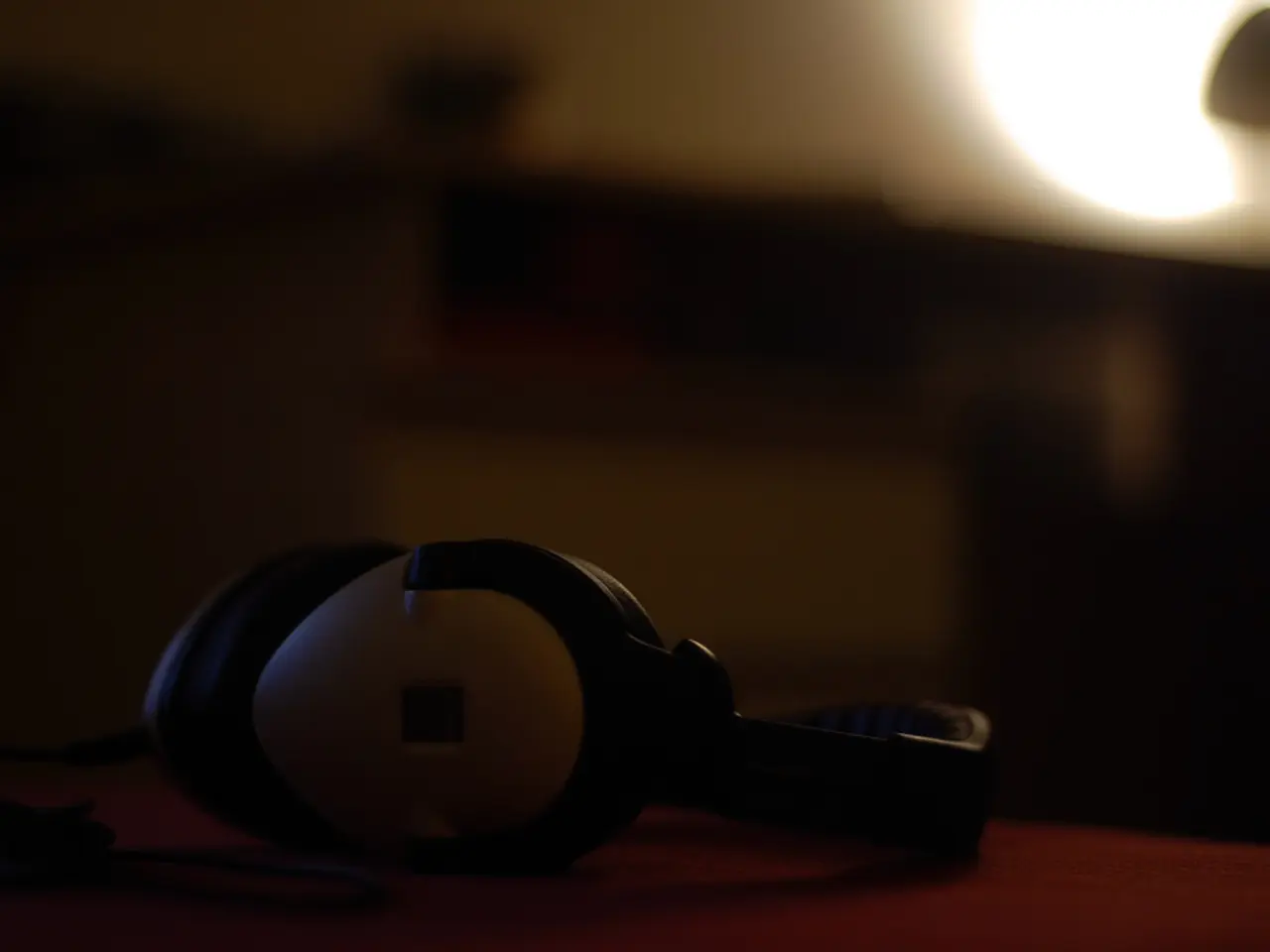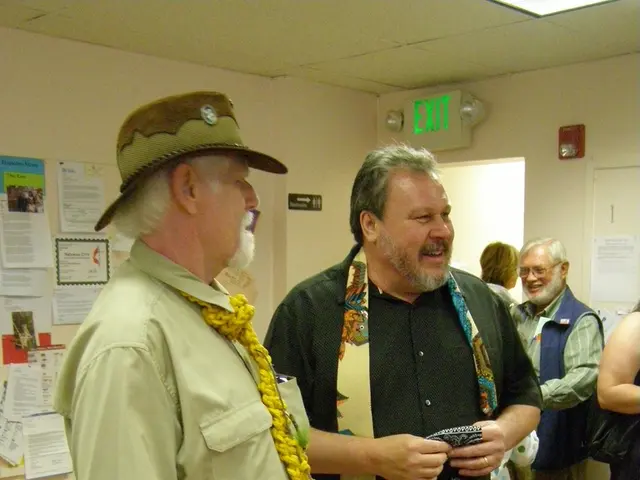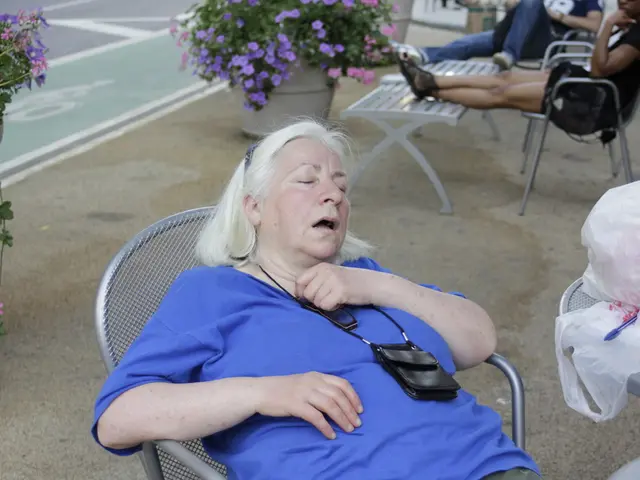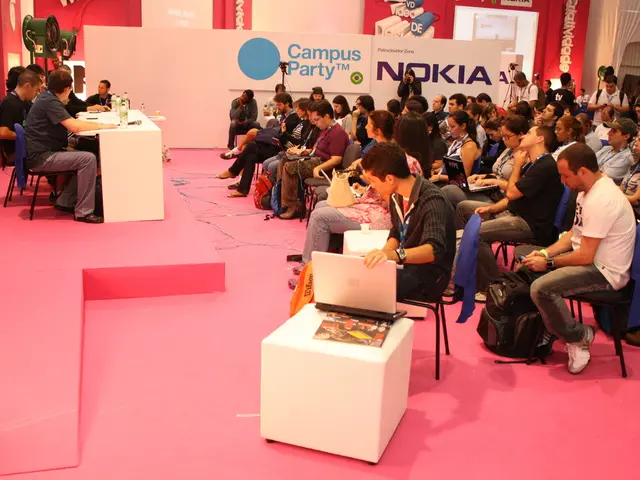Audience indifferent to potential hearing damage as they frequently attend live concerts
Headphone Use and Hearing Loss: A Growing Concern for Young People
A new survey conducted by the Royal National Institute For Deaf People (RNID) has highlighted the risks associated with headphone use and hearing damage, particularly for young people who frequently attend live music events.
The survey of 2,000 adults revealed that more than half of those aged between 18 and 28, who regularly attend live music events, have reported experiencing hearing loss, tinnitus, or both. This alarming statistic underscores the growing concern about the impact of high-volume environments on young people's auditory health.
Franki Oliver, audiology manager at RNID, has emphasized the importance of awareness about the risks associated with headphone use and hearing damage. Oliver expressed concern about the potential risk of permanent damage from over-ear headphones and in-ear buds, especially if people are unaware of the risks.
To minimize the risk of noise-induced hearing loss, the RNID recommends several effective strategies. These include using earplugs or custom musician’s plugs at concerts to reduce sound levels without distorting music quality. Custom plugs offer filtered attenuation, such as 9dB, 15dB, or 25dB, that protects hearing while allowing clear sound perception.
Another strategy is employing noise-canceling headphones in noisy environments to avoid increasing volume excessively, which reduces overall noise exposure. Following the 60/60 rule when using headphones or earbuds—listening at no more than 60% of maximum volume for no longer than 60 minutes at a time, with breaks in between to allow ear recovery—is also advised.
Limiting overall exposure to loud sound and taking regular breaks from both live music and headphone use are crucial steps for preserving long-term auditory health. The RNID also recommends using specialized hearing protection devices tailored for music environments, such as musician’s plugs that preserve tonal quality while lowering volume.
Exposure to noise louder than 85 decibels for more than 15 minutes is likely to lead to some level of permanent hearing loss. Despite being aware of the risk of hearing damage in noisy venues, 35% of respondents do not plan to wear hearing protection such as earplugs at live music events this year.
The RNID has identified headphone use as a growing concern for hearing damage, particularly when used in noisy environments. Those who wear headphones in the presence of background noise, such as during a commute, are most at risk of hearing damage.
The report warns that while symptoms are normally temporary, long-term exposure to loud music can cause permanent hearing damage. The RNID advises that the volume on headphones should be kept below 60 percent to reduce the risk of permanent damage, especially for young people.
With more than 18 million people in the UK being either deaf, hard of hearing, or suffering from tinnitus, it is essential to take proactive steps to protect our hearing. By adopting the strategies recommended by the RNID, young people can enjoy their music experiences while minimizing the risk of permanent hearing loss.
- The growing concern about the impact of high-volume environments on young people's health and wellness, such as hearing loss and tinnitus, is evident from the survey conducted by the Royal National Institute For Deaf People (RNID), particularly in relation to headphone use during live music events.
- To preserve long-term auditory health and minimize the risk of noise-induced hearing loss, it's recommended to follow strategies like using earplugs or custom musician’s plugs at concerts, employing noise-canceling headphones in noisy environments, adhering to the 60/60 rule when using headphones, limiting overall exposure to loud sound, and using specialized hearing protection devices tailored for music environments.




